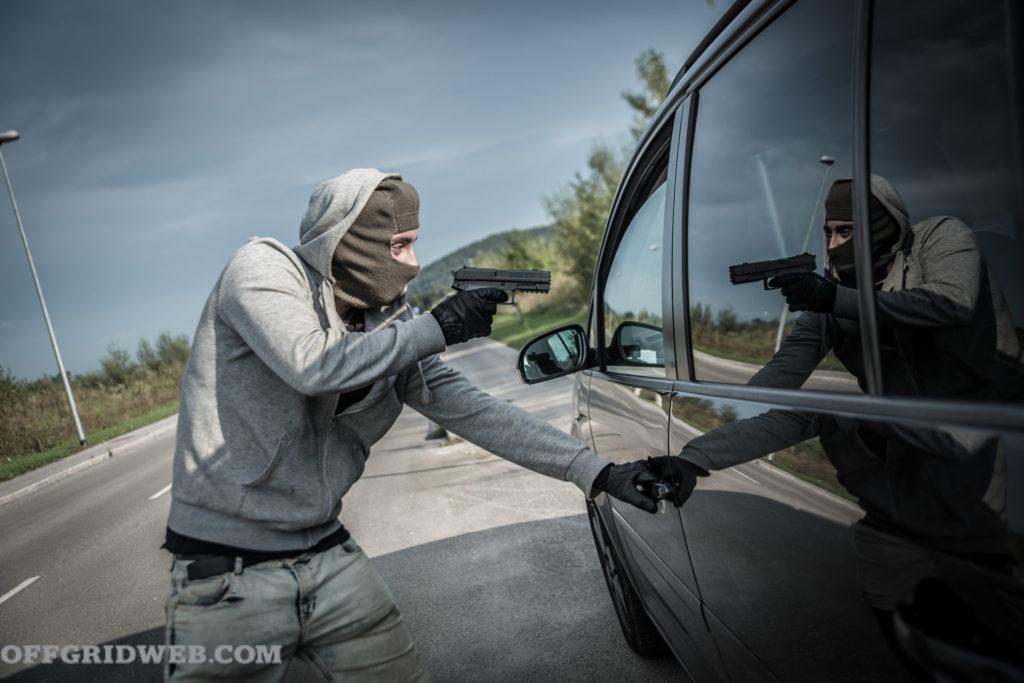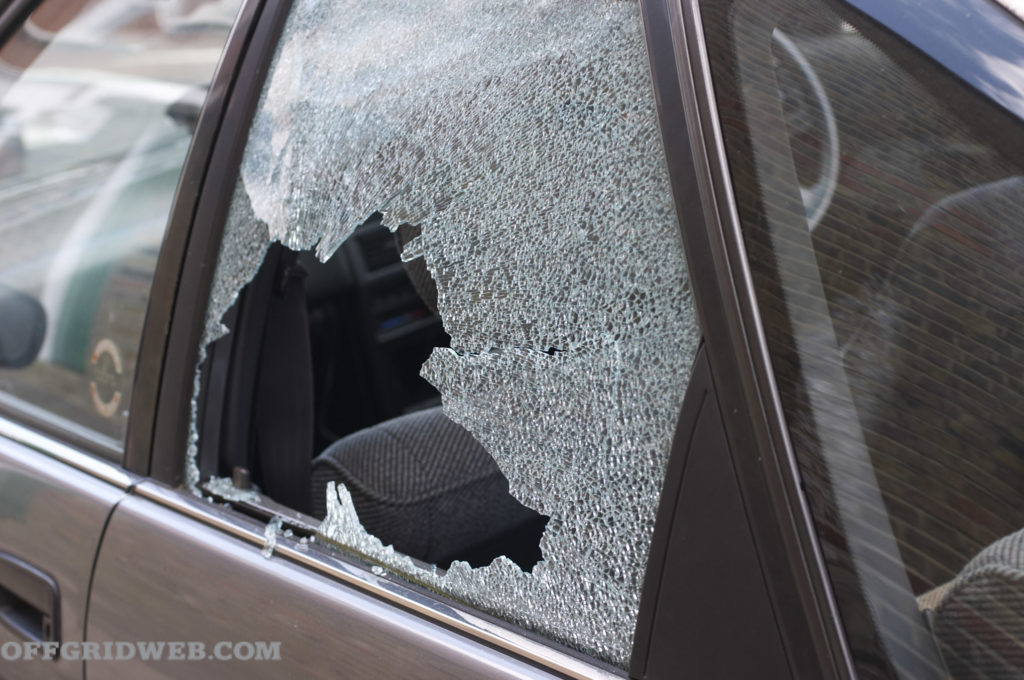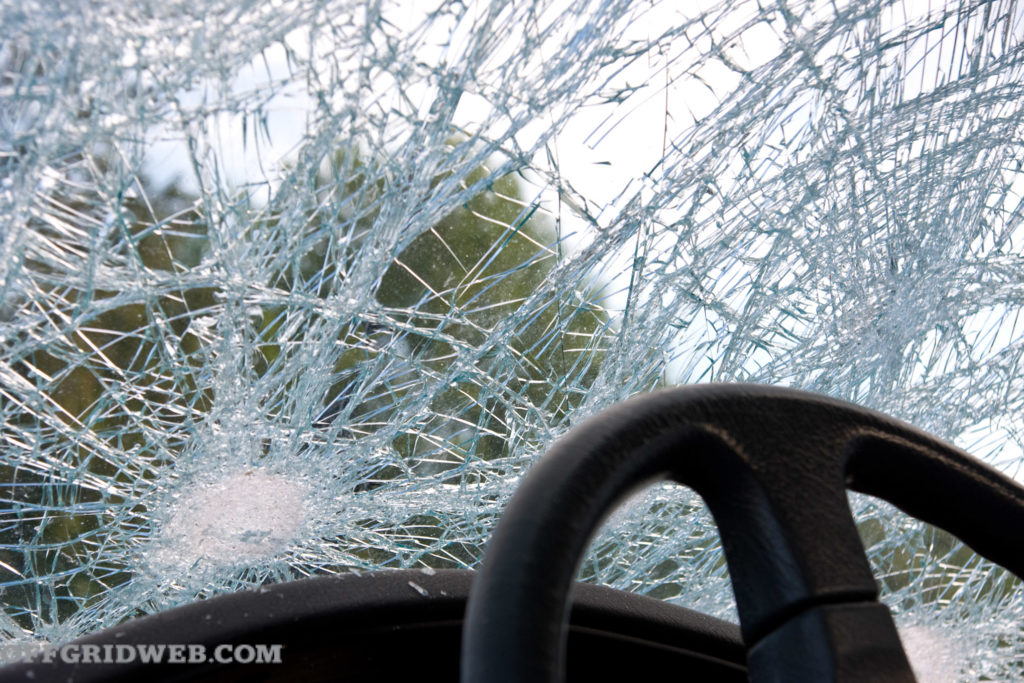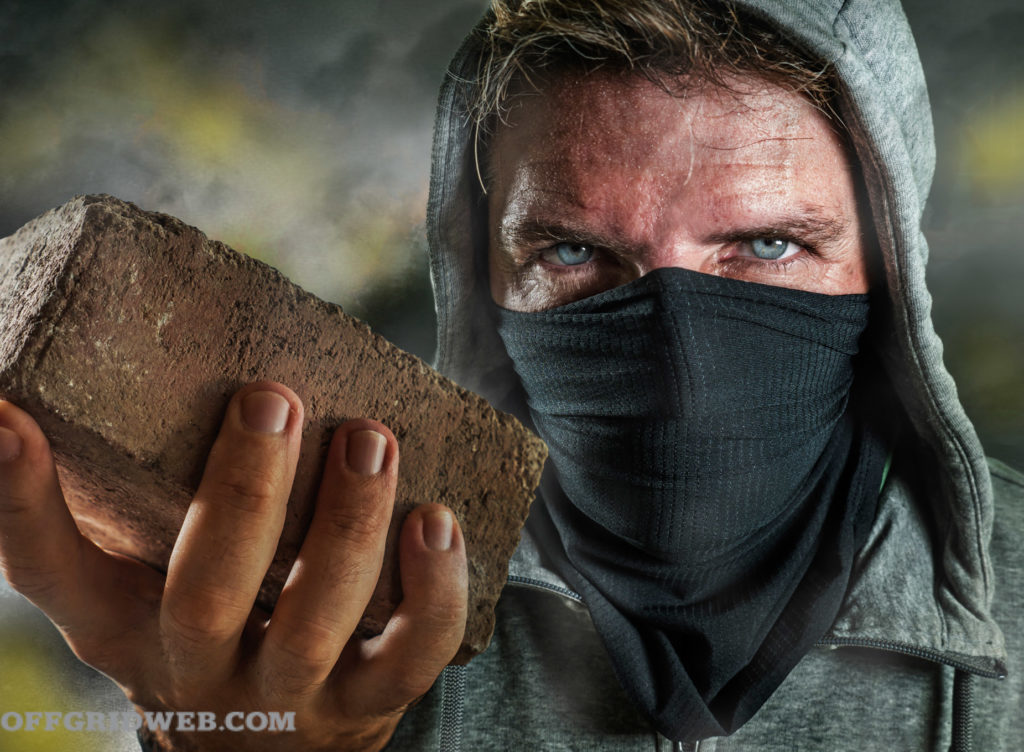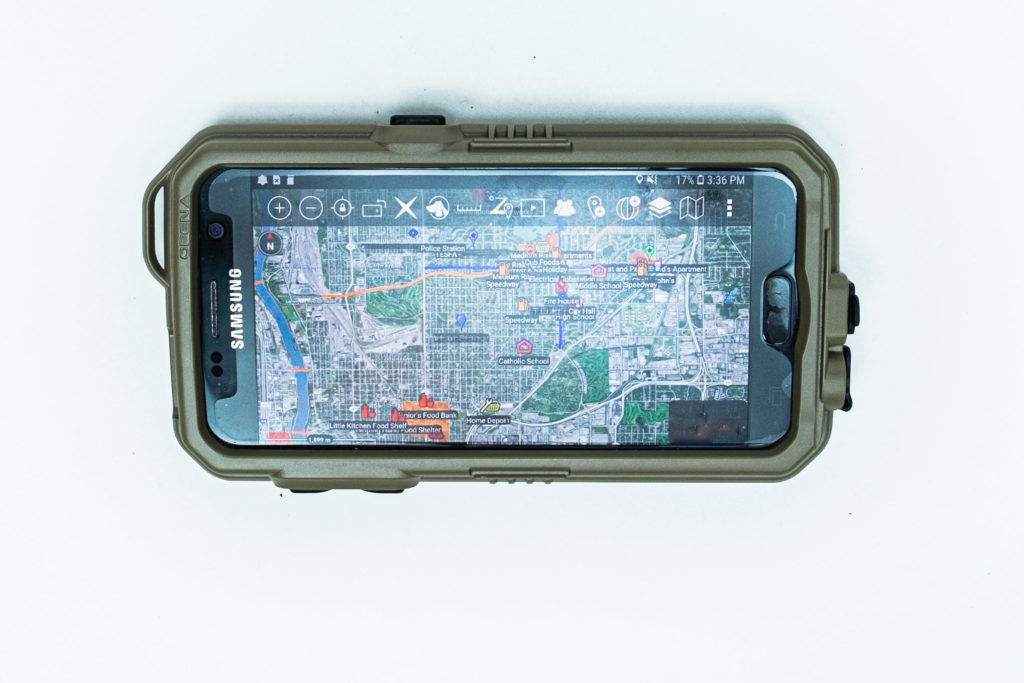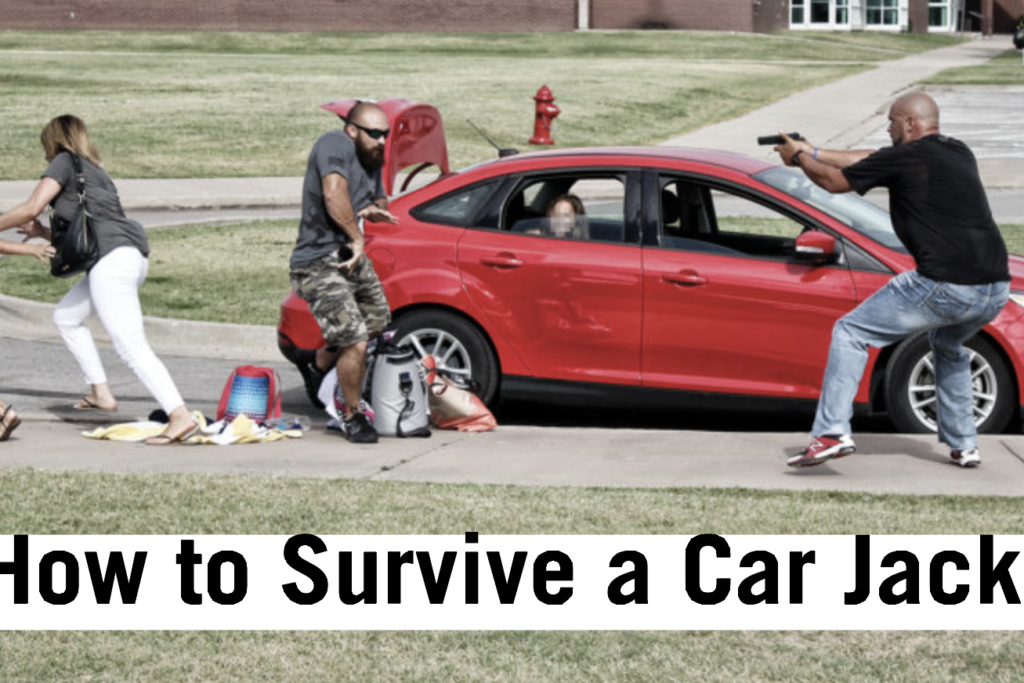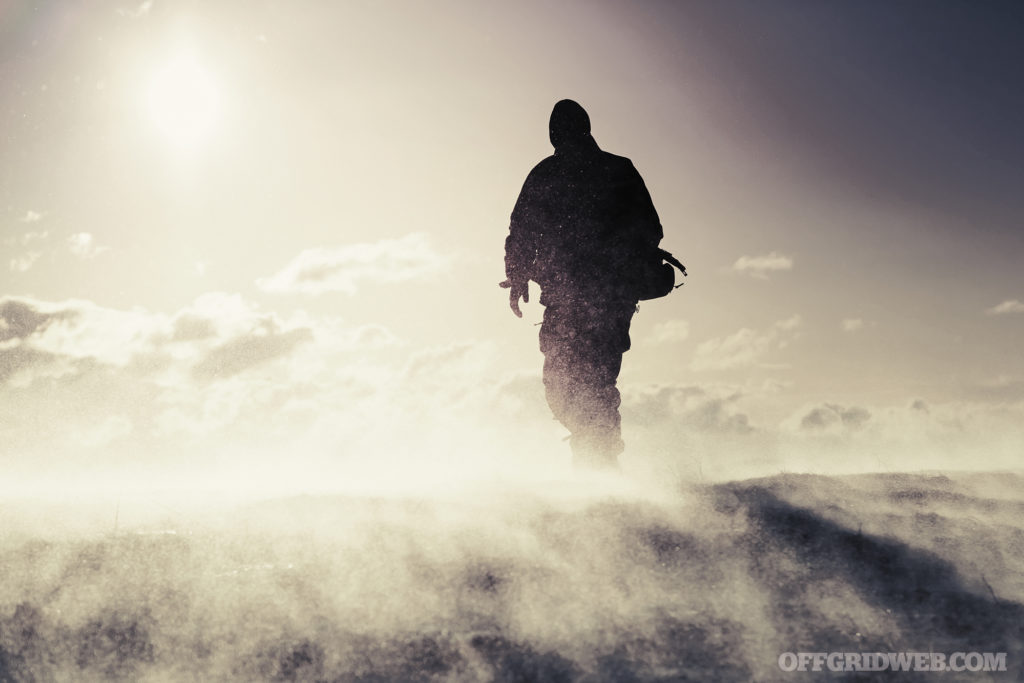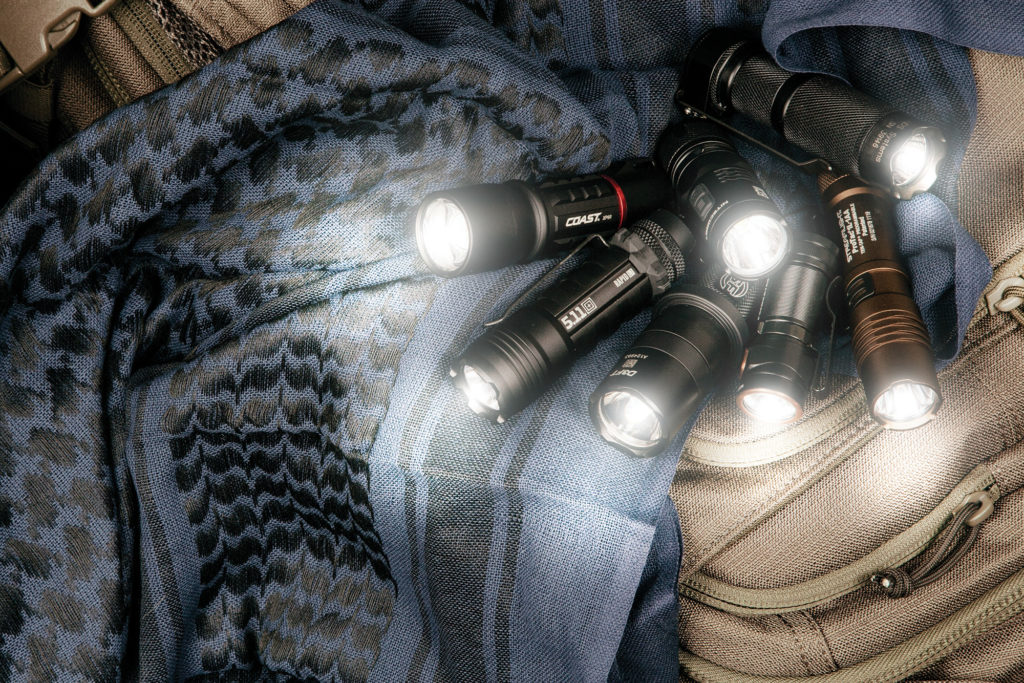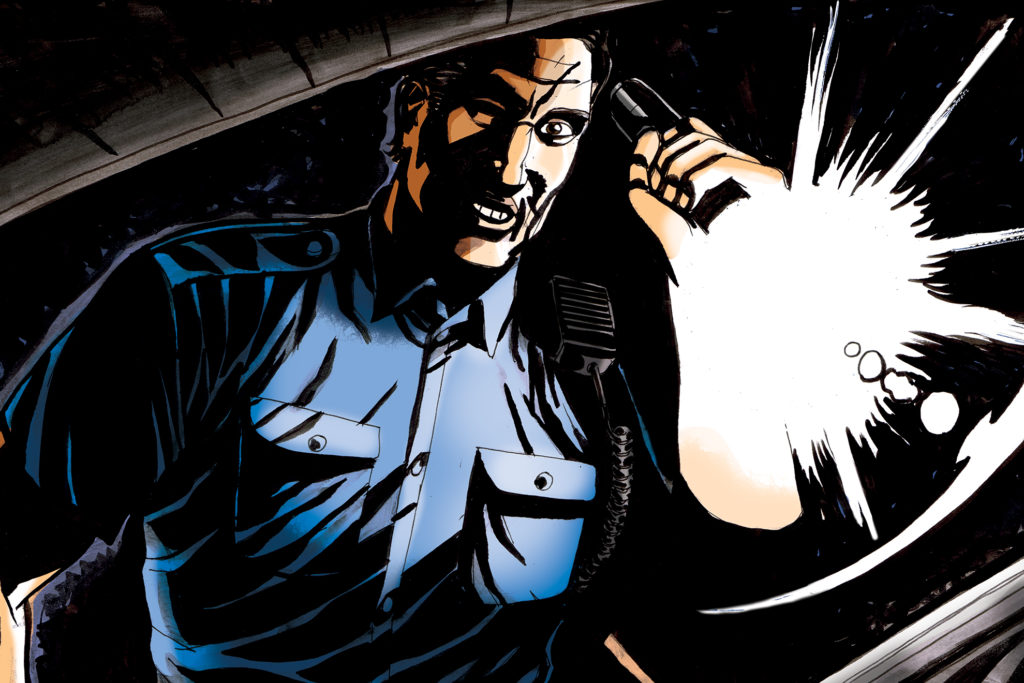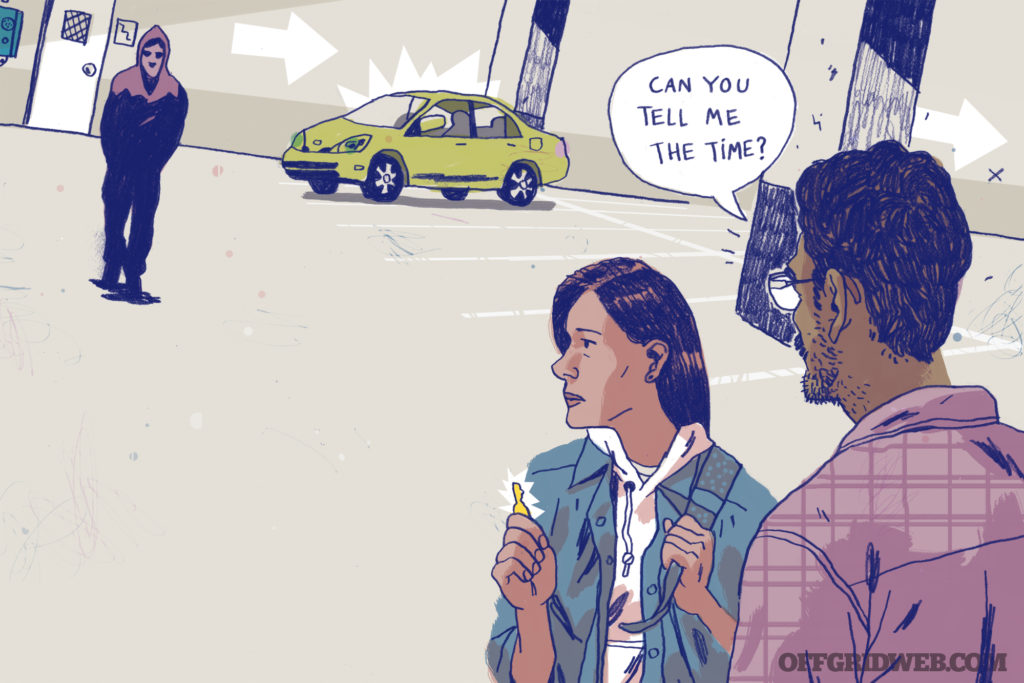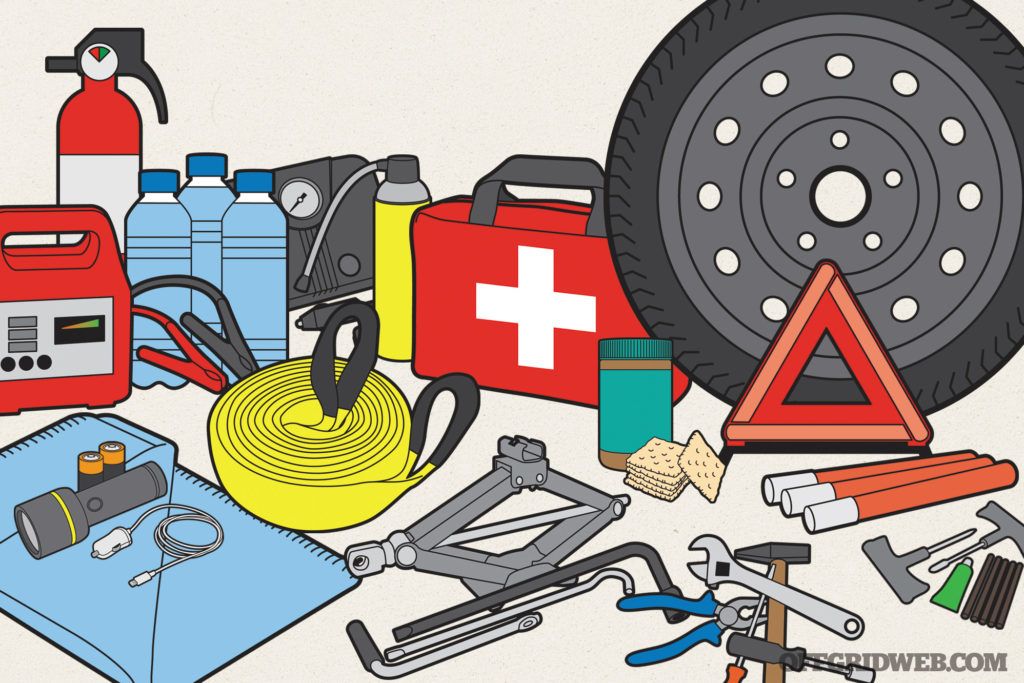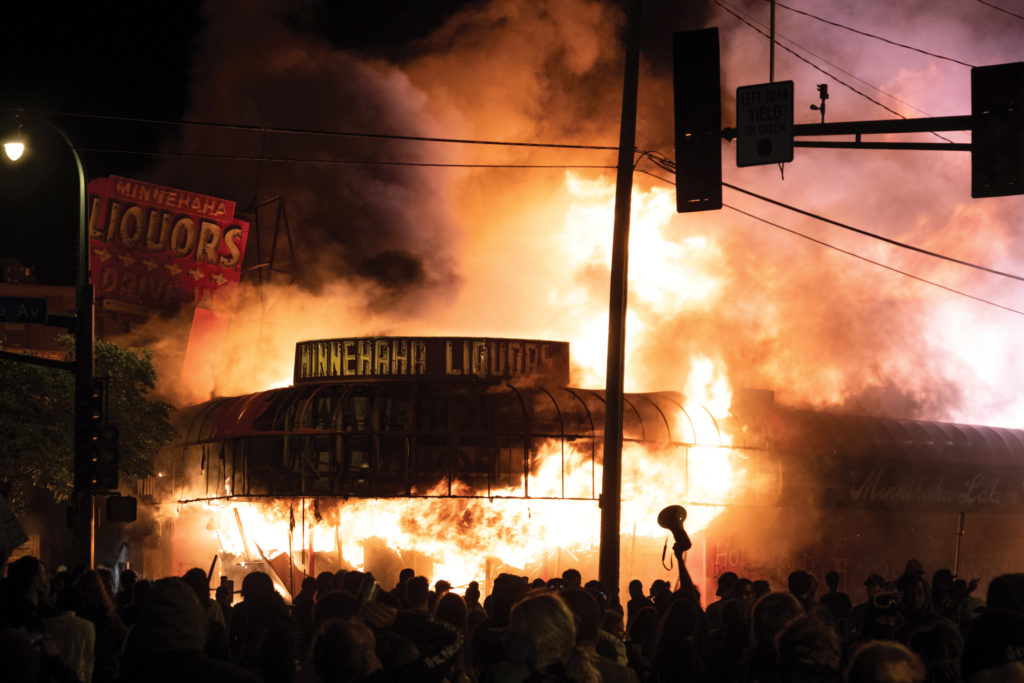The decision of whether or not to intervene when someone else is falling victim to violence is only made more complicated by the multitude of unanswered questions that typically surround such a situational event. Often seated at the center is the question of whether or not doing so would be legal, or if you would soon suffer life-altering punishment for what you you thought was a virtuous action. This in why we have things like Good Samaritan Laws, but, like most things involving people, it’s not that simple.
Yikes … I’m late for my 10 a.m. appointment! Yellow light, red light, stop. I’m the first car at the intersection facing south. I’m just getting ready to proceed over the bridge to my office in the hip, university office buildings in a major metropolitan city. I check my watch and reflect on the morning’s court proceedings. Last night’s news coverage was about riots at the university. Apparently, things got out of hand, and the police used tear gas on protestors. I barely remembered the morning news coverage as I caffeinated myself awake.
I check my watch. Damn! I hate being late. My gaze wanders to the vehicles just coming to a stop in the northbound lanes on the opposite side of the intersection. As I watch, one of those vehicles makes an aggressive move and turns violently 90 degrees to block lanes one, two, and part of three in the northbound travel. Three young men burst from the interior of the car. The driver pops the trunk and the young men retrieve improvised weapons from within. What is this?
Background
As I sit in my car, I have my Glock 43 on an ankle holster. I’m driving a four-wheel-drive SUV. My state allows me to have an AR-15 locked via a security cable in the trunk. I have 200 rounds of .223 ammunition and two spare mags for the 43 in my pocket. I’m in a suit and tie.
The trunk pops open and the young men grab large rocks and bricks and begin throwing them at the fellow northbound traffic. The light is red, and the vehicles are coming to a stop only to be met with the onslaught of flying objects denting panels and smashing glass. People panic. A woman in her car freezes and shields her face even though she has a windshield to protect her. Her windshield instantly spiderwebs. She’s frozen in terror and now the vehicle behind her cannot maneuver around her. The men are yelling something unintelligible as they pummel the surrounding cars and trucks.
One woman, third car in the lineup, tries to move around the vehicle in front of her. This enrages the men who focus their wrath upon her vehicle. One of the young men, the driver of the attacker’s car jumps out with a … small black thing in his hand. It has a pointy end so I know it can’t be a cell phone. Is it … is that a gun? I hit the button on my headset, “Siri, dial 9-1-1!” “Calling 9-1-1,” Siri says. “9-1-1, what is your emergency?” “There are four men throwing large rocks and bricks at the surrounding cars,” I say. The dispatcher responds, “What is your location?”
The men chase the third motorist and destroy the side panel of her vehicle. She narrowly avoids three collisions and runs the red light to escape. The driver of the attacker’s car tracks her with the object that must be a gun. No shots are fired, and his hand lowers as she escapes. The foursome turn their attention back to the remaining traffic. I can hear thuds and safety glass windshields absorbing the impact from the projectiles. People are attempting to back up, but the oncoming traffic is making that impossible. The motorists in the northbound lanes are sitting ducks. So far, just the one vehicle has escaped their vicious attacks. The young men grab at the door handle of vehicle number two. Luckily, the door appears locked, but a brick is thrown at point-blank range at her driver-side window. Safety glass again saves the day, and the window isn’t breached, but the men seem determined to gain entry.
In this politically charged climate where riots and random acts of violence seem to be getting more and more common, let’s take a moment to consider how you might respond to these circumstances in a legally justifiable manner. And to do that, we’re going to look at Good Samaritan Laws and Third-Party Defense.
A General Review of Third-Party Defense
Here’s an excerpt of my home state’s law governing defense of a third party:
A person is justified in threatening or using physical force or deadly physical force against another to protect a third person if, under the circumstances as a reasonable person would believe them to be, such person would be permitted to protect themselves in threatening or using physical force or deadly physical force to protect himself against the unlawful physical force or deadly physical force a reasonable person would believe is threatening the third person he seeks to protect. (Arizona Revised Statutes §13-406.)
Got that? Are you ready to risk your life or liberty on that ridiculously worded statute, or do you agree with me that its definition is utterly confusing?
My Options
At this point, what are my options? Can I run up and “inject” myself into the melee to assist the panicked woman in her car? Do I dare confront these young men knowing one of them appears to be armed? The police are on their way, I’m told. No estimation of time for their arrival. I’m a Good Samaritan and want to help. But can I provide any meaningful help other than to direct their energy toward myself?
Unfortunately, this is the reality urban citizens can face in these unprecedented times. What level of force can I apply to help protect these motorists? All appear to be women, but I cannot see beyond a few vehicles.
The easiest option is to sit and be a good witness for law enforcement. I’m not in any danger, as the attack is on the opposite lanes of travel approximately 75 feet away from me. I’m personally not being threatened, directly. This is an important legal distinction. I can defend myself from a violent attack on my person, but, as I stated, the attack is 75 feet away on the opposite side of a large intersection.
Could I run the red light and place my vehicle in their path, blocking them in and wait for law enforcement? Yes, but that comes at great risk to me. Can I then defend myself? Well, wait. I just did something legally complicating. I “injected” myself into the trouble. Is it legal to “inject” myself into trouble and then claim self-defense when their wrath turns my way? Answer: No! Normally, you cannot inject yourself into a self-defense encounter. But, this is admittedly a gray area. If I have the legal prowess to say my intent was to distract and protect the motorists, most of whom appear to be defenseless women, then find the need to protect myself after a gun is pointed at me, it becomes less gray, but still not clearly justified, legally.
Here’s a teachable moment. I state again for clarity: You cannot inject yourself into a self-defense encounter and claim self-defense. In this case specifically, I was operating a motor vehicle and could accelerate to safety. I had the means at that key moment to flee to safety. Injecting myself into the melee is a law enforcement function. I cannot deputize myself and intervene, even to help. I can, foolish as it sounds, turn their attention to me and my vehicle without using any type of deadly force.
Violence Escalates
Let’s take the argument to the next level. Assume, the motorist in vehicle two who was shielding her face when the bricks pummeled her windshield did not have her doors locked. Assume she’s yanked from the car, and only one man has a firearm.
The men yank the distraught woman from her car. She’s being slapped and hit about the head and neck. She’s crying and bleeding from the blows; her glasses are broken. One man has a firearm, but it’s not pointed at her. This attack is a random event and appears to target society on this roadway in general. This isn’t a domestic violence situation. The attackers are hurling rocks and bricks at everyone within arm’s reach.
I must analyze the harm against the dangers of intervening at this point. I’ve called the police. I’ve made mental notes of the physical descriptions of the attackers. I’ve noted the car’s license plate. At this point I’ve done all that I am unquestionably legally allowed to do. Forget all the citizen’s arrest statutes. In 21 years of handling these cases, rarely has that defense worked. So, that’s out. I know law enforcement is moments away because I’ve taken note of my proximity to the police station and estimated arrival time to be approximately four to five minutes. I know that these perpetrators are cowards and will attempt to leave very soon to avoid the inevitable law enforcement reaction. So, legally, I must stay put and be a good witness. I take careful notice of every detail of the encounter. But, what about the helpless women in their custody?
Shots Fired
What if the encounter turns deadly serious whereupon the perpetrators fire aimlessly in the direction of the cars? Now, I’m dealing with a potential mass-shooting event. Is it legally permissible to inject myself into this attack knowing people might be dead or badly wounded? This is again a gray area. If I were to respond, how would law enforcement know friend from foe? Might I risk being shot by Officer Friendly of the University Police? Yes! Officers arriving on scene of a shots fired, mass-shooting event are going to be amped up and looking for shooters.
An anonymous prosecutor friend jokingly suggested perhaps shooting into the air to scare them away. This is even legally problematic. You have committed the crime of discharge of a firearm within the city limits, a felony in some jurisdictions. Did shooting into the air cause the perpetrators to flee moments before law enforcement could bring the attackers to justice? The answer is likely: Yes! I would then be forced to defend myself from a felony charge for discharging a firearm within the city limits. Could I cite a Third Party Protection Defense as the justification for me shooting into the air? Maybe, but this comes down to the judgment of the prosecuting agency, who generally view citizens taking the law into their own hands as a bad idea. I could face charges.
A prosecutor might say this was only for law enforcement to handle and charge me with a felony. The police might be frustrated with me because their suspects fled at the sound of gunfire, albeit in the air. I state emphatically that they were shooting at cars, and I didn’t know if someone was dead or about to be killed. The police might respond that the suspects’ crimes are serious, and they could face decades in prison for their crimes and my response scared them away when a post-review of the situation shows no person was harmed. Now, it’s just me and the police to sort things out. I’d better call my lawyer.
Conclusion
Be a good witness; take careful mental notes of the suspects to give to police. Stay on the phone with law enforcement, giving them all the details on the recorded line. Always protect yourself from an imminent deadly threat. But remember, as citizens, we’re obligated to run from trouble — only the police are allowed to run toward trouble.
Post-script: The above-listed story really occurred as I described. There was no shooting, and the woman wasn’t pulled out of her vehicle, but the rest all happened on an average Tuesday.
About the Author: Jason Squires
Jason Squires is a criminal defense attorney in the Phoenix Metropolitan area. He has been practicing for over 21 years and has handled a multitude of self-defense scenarios. In his off-time, Squires is a three-gun competitor and avid firearms collector. Additional information about Squires can be found on his website: www.squireslawaz.com.
More from OFFGRID
- What If Your Neighborhood is Attacked by an Angry Mob?
- What If You’re the Target of Road Rage?
- What if You’re Approached by Someone Impersonating an Officer?
Related Posts
The post Good Samaritan Laws and Third Party Defense appeared first on RECOIL OFFGRID.




